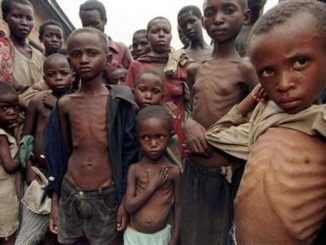
Donald Trump’s plan for Afghanistan is still too short on specifics
U.S. President Donald Trump’s decision to deepen the country’s military engagement in war-torn Afghanistan signals a significant shift in the position he has held for years. Mr. Trump had campaigned to end American involvement in foreign conflicts and was particularly critical of the Afghan war, which he said was “wasting” American money. His announcement on Monday of the decision to send more troops to the country reflects a realization that the U.S. does not have many options in dealing with its longest military conflict. This is also a grim reminder of the precarious security situation in Afghanistan. Sixteen years since George W. Bush ordered the American invasion of Afghanistan and toppled the Taliban regime, the insurgents are on the ascendant again. More than half the country’s territory, mostly in rural, mountainous areas, is now controlled by the Taliban, while the Islamic State has set up base in eastern Afghanistan. In recent years, both the Taliban and the IS have carried out a number of terror attacks in the country, including at highly fortified military locations, raising questions about the very survival of the government in Kabul. This is a worry point for Mr. Trump’s generals, who want to avoid the kind of vacuum left behind by the Soviet withdrawal in the late 1980s that plunged Afghanistan into a protracted civil war; the Taliban eventually took over.
But it is not going to be easy for Mr. Trump. He is the third consecutive American President to send troops to Afghanistan. Mr. Bush and Barack Obama failed to swing the situation sufficiently to ensure a long-lasting difference in Afghanistan’s battleground. It is not clear if Mr. Trump can win a war they lost. His strategy can be summed up as Obama-plus — it builds on the premises of the Obama plan of additional troops and regional diplomacy. But unlike Mr. Obama, who set a timetable for the withdrawal of troops, Mr. Trump is ready for an open-ended engagement. He also said the focus of the American mission should narrow down to fighting terrorists, not rebuilding Afghanistan “in our own image”. Third, Mr. Trump minced no words while calling Pakistan a country that shelters terrorists. He also wants India to play a greater role in providing economic and developmental assistance to Afghanistan. India has welcomed Mr. Trump’s strategy, as the U.S.’s objectives in building a stable Afghanistan and ending Pakistan’s sponsorship of terrorism are exactly in line with India’s own goals for the region. It has, however, correctly reminded Mr. Trump that it does not need his request, never mind his coarse reference to “billions of dollars” made in bilateral trade with the U.S., in order to fulfil its commitment to Afghanistan’s economic development. Such open transactionalism will not serve the U.S.’s efforts in winning allies for its new Afghanistan policy, nor indeed will it further its mission in a country that is not unfairly called the “graveyard of empires”.
(The Hindu)





Be the first to comment